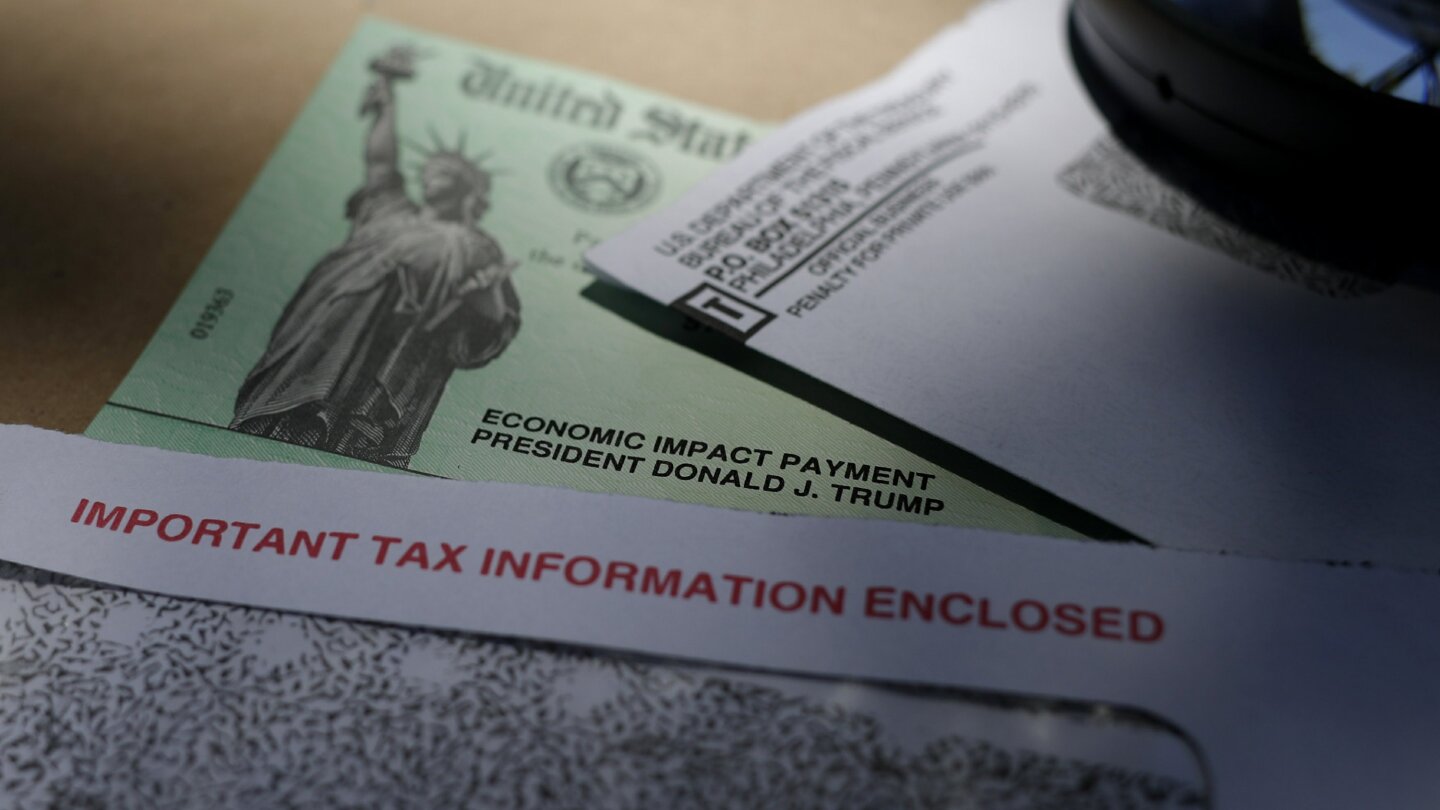In recent months, rumors have been circulating about a $2,600 stimulus check supposedly targeted at senior citizens in the United States. This misinformation claims that individuals aged 65 and older, as well as those who are disabled or visually impaired, are entitled to a government-issued financial boost. The alleged purpose of this payment is to help seniors cope with rising living costs and the lingering economic effects of the COVID-19 pandemic.
However, these claims are not true. No official government agency has announced or approved such a stimulus payment. This false information has spread widely, primarily through social media platforms, misleading many into believing in its authenticity.
The Origins of the $2,600 Stimulus Payment Rumor
The false claim about a $2,600 stimulus payment for seniors gained traction across platforms like Facebook and X.com (formerly Twitter). The misinformation was presented in a way that appeared credible and appealing, making it easier for people to share it without verifying its accuracy.
This rumor seems to originate from artificially generated content designed to create engaging and clickable headlines. These articles are often not backed by facts but aim to drive traffic to specific websites. Once published, they quickly spread through social media channels, where the nature of these platforms allows for the rapid sharing of information—true or false.
Official Responses to the Stimulus Payment Misinformation
To address the widespread rumors, government agencies and fact-checking organizations have stepped in to clarify the situation. The Internal Revenue Service (IRS) has explicitly stated that no new stimulus payments are being issued beyond those distributed during earlier COVID-19 relief efforts.
Anthony Burke, an IRS spokesperson, reiterated that all Economic Impact Payments authorized by Congress have already been disbursed. He urged the public to rely on the official IRS website (irs.gov) for accurate information and updates.
Understanding and Identifying Misinformation
The digital age has made it easier than ever for misinformation to go viral, often causing confusion and poor decision-making. Claims about financial benefits, such as stimulus payments, can be particularly damaging when they are false.
Here are some strategies to help you spot and avoid misinformation:
1. Verify Through Official Sources
Always cross-check claims against official government websites, like irs.gov. These platforms provide verified information directly from authoritative sources.
2. Be Skeptical of Sensational Claims
If a financial offer seems too good to be true, it probably is. Claims shared on social media without credible sources or evidence should raise red flags.
3. Use Fact-Checking Platforms
Websites like Snopes, FactCheck.org, and others are reliable resources for verifying the validity of widely circulated news and rumors.
4. Stay Informed About the News
Keeping up with trusted news outlets can help you distinguish between accurate reporting and fabricated stories.
Why This Misinformation Matters
False claims about stimulus payments can cause unnecessary stress and confusion, especially for vulnerable groups like senior citizens. Many seniors may act on these rumors by providing personal information to unverified sources or wasting time seeking assistance that does not exist.
Misinformation also erodes trust in legitimate news sources and government agencies. This makes it even more critical to ensure that the information you share and rely on is accurate and credible.
Conclusion
While the idea of a $2,600 stimulus payment for seniors may sound appealing, it is not grounded in reality. The misinformation surrounding this claim highlights the importance of verifying news through official sources and fact-checking platforms.
By staying vigilant and sharing only accurate information, we can help prevent the spread of such rumors and protect others from being misled.








